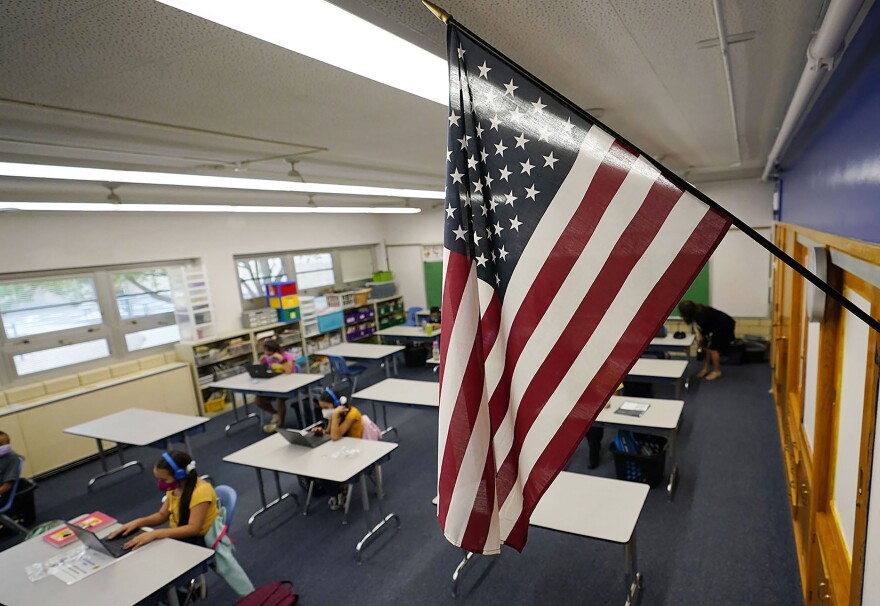Almost 20% of young people in Connecticut between the ages of 14 and 26 are "at risk" of becoming or are already "disconnected" from education and employment, according to a new report from Dalio Education.
The report defines moderate disconnection as “high school diploma holders, both traditional graduates and those who have attained an adult education diploma/ equivalent (e.g., GED), who are neither employed nor enrolled in postsecondary education, as well as high school non-graduates who are employed,” and severe disconnection as “individuals neither employed nor holding a high school diploma, as well as incarcerated individuals.”
According to the report, 63,000 Connecticut residents are disconnected, and an additional 56,000 are at risk.
Together, that’s one-fifth of the state's 615,000 young adults.
Education experts say that points to a crisis.
National Youth Employment Coalition Executive Director Mimi Haley said the state needs to provide more resources for kids and their support systems to keep them engaged.
“The knowledge of where to go for that support is often not there,” Haley said. “And even adults that are working with these young people that know of some resources, often are not aware of other resources that are out there.”
The report was compiled using data from the 2021-2022 school year. Compared to data from the 2018-2019 school year, at risk students are up 29%.
According to the report, Black, Latino and Native American youth are twice as likely as white youth to be disconnected to education and employment in the state.
The report found at risk and disconnected people in all of Connecticut’s 169 municipalities, but three cities had 40% or higher rates of disconnection; Bridgeport, Hartford and Windham.
Cities with 40% or more students at risk of not graduating high school were Bridgeport, New Haven, Waterbury, New Britain, New London, Hartford, Windham and Somers.
To begin solving the problem, the Dalio report suggests the state increase visibility, improve coordination, expand capacity and fund effective programs.


